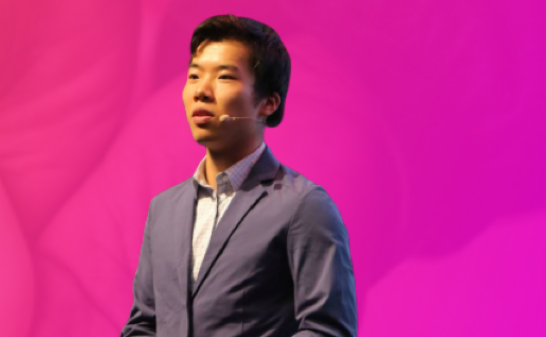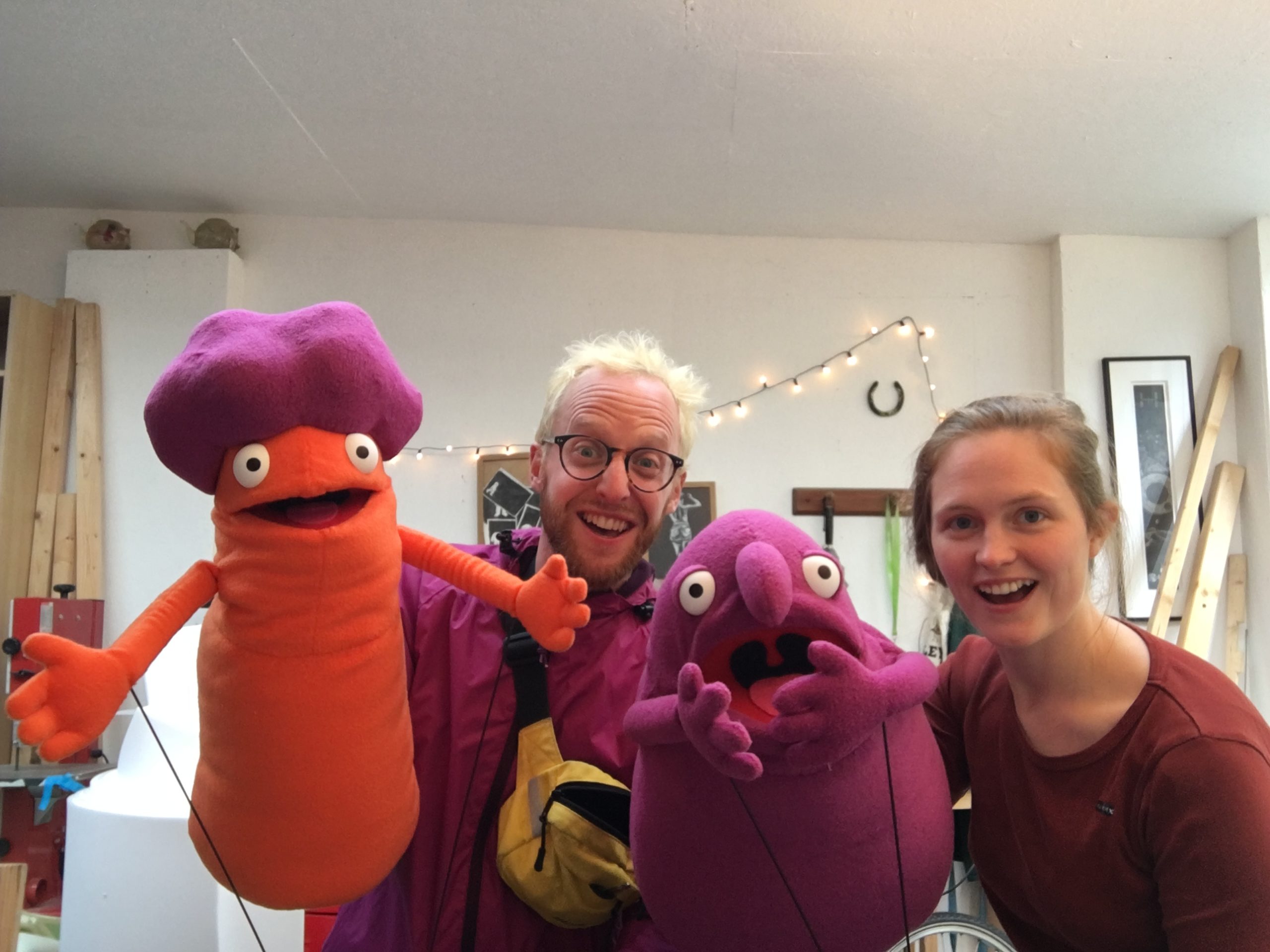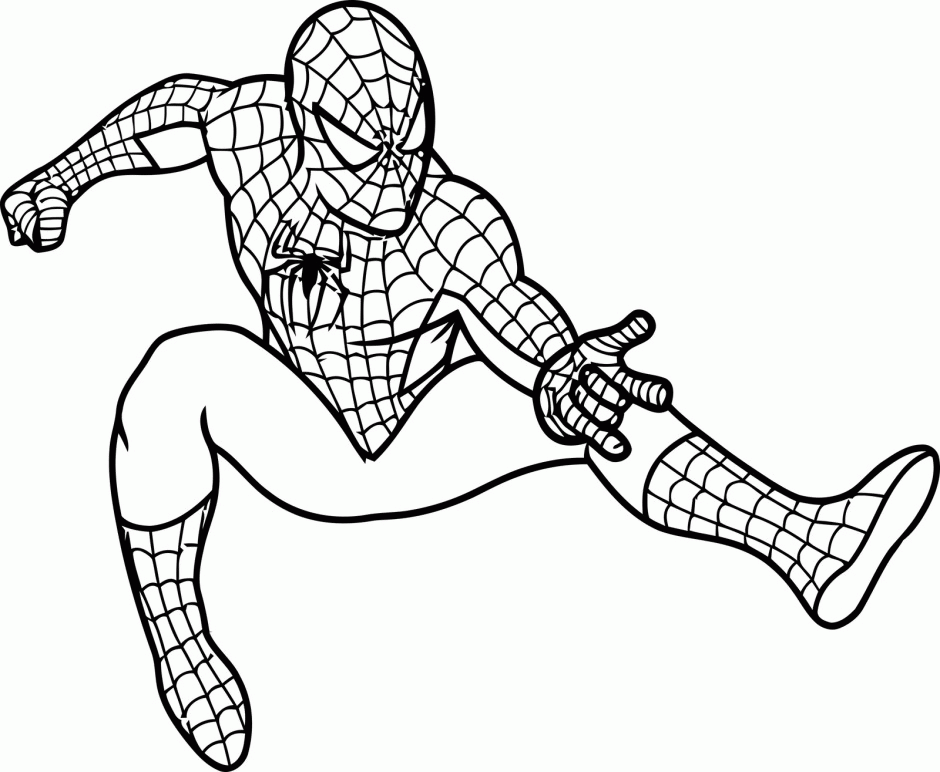The title’s a bit of a non sequitur, but it’s true.
In short, I’ve been so compelled by The Life You Can Save’s mission and premise that I’m hosting a class this Saturday, the 20th, at 3pm PST, where I’ll be teaching anyone who wants to listen exactly how my wife and I both taught ourselves how to program entirely for free and landed jobs as software engineers paying over $200,000 each, all in less than a year. Pay what you want to join the class, and all the proceeds will go directly to The Life You Can Save. Join here: https://campaignwith.com/trainer/benyu
I’m hoping that if you were looking for an excuse to justify another donation to The Life You Can Save, this will be it. I’ll also be conducting an AMA on anything else I’ve done in my life that any participant might be interested in that I can share, such as how to start a company and raise $20 million in six months, how to generate global PR and be featured in major media outlets from NPR to The Atlantic to Good Morning America, how to get a front page story in the Wall Street Journal for living in San Francisco for free, how to buy an island for four figures or a home in the heart of Vegas for five, or how not to get abducted and mugged and carried down in a stretcher from Kilimanjaro – anything that I can share that might make for a compelling excuse for someone to give more money to The Life You Can Save.
But first let me back up and give a little context about how I got to this point.
I’ve watched for much of my adult life on the sidelines of effective altruism, as I’m sure many do – admiring the cause and agreeing with it wholeheartedly but never truly committing to action.
That changed a few weeks ago, due to a confluence of events. The recent events highlighting inequality in America set the emotional backdrop, and learning of The Life You Can Save from a colleague became the direct impetus for change.
The pledge is what struck me most with its blindingly irrefutable and meager ask: donate only what you will not even miss, and do enormous good in the world.
With my emotional context set as it was, it was impossible for me to deny the validity in this small ask, and yet at the very same time I could viscerally feel the discomfort that manifested when I conjured the notion of actually committing thousands of dollars every year – the smallest fraction of my earnings and net worth – to The Life You Can Save.
As embarrassing as it is to tell, I kept thinking about how I’d planned on using my extra earnings to buy a Tesla so that when the pandemic lifted I could self-drive myself in luxury to my cushy engineering job. And then I thought about how many lives that Tesla was worth, and the obvious irrefutable answer was that any amount of saved lives or substantially improved quality of life was worth countless times more than the marginal benefit a Tesla would provide me.
Armed with that undeniable conclusion, I bit the bullet and committed to the monthly pledge.
The perceived pain of the donation and the loss of the money didn’t dissipate, however. Over the next few days, I sat with the feeling and reflected on it. At the same time, I kept reading more about The Life You Can Save and the origin of the pledge. I kept asking myself, not why the recommended pledge was so large, but rather why it was so small relative to my overall earnings. And then it hit me: even though it was clear to me that anyone making as much money as I do had an unquestionable moral imperative to contribute far more than the recommended pledge, it was also clear that TLYCS had anticipated that requesting any more than an amount a person “would not miss” would be met with considerable resistance. That really struck me, because my own experience had confirmed it: even this most insubstantial ask had caused me a fair bit of hesitation and pain. And, at the time, any more would have almost certainly been too great of an ask for me to even consider.
The sheer cognitive dissonance I felt – between knowing the right thing to do intellectually and resisting it emotionally – forced me to do some introspection about why I felt as I did.
My first theory – the most straightforward to me –was that I was simply selfish, self-centered, and lacking in appropriate empathetic perspective. The lived reality of the lives I would be impacting and making infinitely better with my contributions were distant and abstract to me, but the pleasure I would feel at being autonomously driven to work was viscerally close to heart. From where I was standing, I could only see the latter. The former was literally thousands of miles away – an imperceptible speck, if anything at all.
Selfishness and lack of empathy certainly had something to do with it. But I eventually arrived at a second theory, one that was far more compelling to me, after talking to a friend about giving. My friend observed that, based on their own experience, the more they gave, the more comfortable they felt giving, and the less they resisted giving what once felt like enormous sums of money.
My friend’s simple observation struck me deeply. Giving is a habit to which one must grow accustomed. Every deeply ingrained habit in my life that now feels effortless had once felt insurmountably large and onerous. It was only through progressive, consistent work that I became comfortable with the process and the action. I knew that donating – or spending, at least – was certainly no different for me.
Earlier in my twenties, I had been a profligate spender for a period of time. It was like the parable of “boiling a frog:” what began as small increases in my spending snowballed over time. Eventually, what once would have seemed like ludicrous amounts of money flowed from my wallet without a second thought. It only stood to reason that the same effect might happen with donations. Of course any amount would seem large and substantial to me at first when I had yet to establish a habit and practice. I was like an out of shape runner going for his first jog. Just a light stroll around the block – objectively no great distance at all – had me panting like someone who had climbed a mountain. That’s when I made the commitment to make my donation not only a consistent habit, but a consistently progressive one. If I’m okay with $600 this month, I’ll be okay with $700 the next. And hopefully, before I know it, I’ll be running charitable marathons, giving what I once would have deemed an impossibly large amount without a second thought.
As with any habit, I know these first few months are the most critical. I’m wary of burning myself out early with overeagerness. I once donated $10,000 on a whim to an animal rights organization I was involved with at the time, and proceeded to coast on that and donate nothing at all for the rest of the year – a perfect equivalent to the time I once decided to run a marathon on a whim and then promptly proceeded to not run a single mile for the following two years.
I’m prone to acts of extremity, and I’ll be honest: in taking the time to write things like this, I feel pretty compelled to just double or triple my monthly commitment and skip a few steps in my habit building. But I also know that that’s more likely than not to burn me out and be counterproductive in the long run when I quit my habit a few months in and decide to buy my Tesla instead. I recently became a vegan, but it took me maybe a year before I really felt comfortable enough with my new dietary restrictions that I didn’t fear regressing to my old ways. I would be foolish to expect this to be different. So I’ll take this slow and steady.
At the same time, my pain has evolved, and has less to do with how much I’m giving, and everything to do with how little I feel like I’m giving. And so to attempt in some small way to counterbalance my slow, steady journey of personal giving, I want to give something I’m far more comfortable with – my time and my experience – to encourage and support others in starting progressive giving habits of their own.
And so we come full circle to how you can donate to The Life You Can Save and learn how to program at the same time. If you’ve made it this far, I’d like to extend the same offer to you: if you’d similarly like to donate not only your money but also a little bit of your time and your experience to help bring more people into the giving fold, you can start your own campaign for The Life You Can Save here: https://campaignwith.com/.
Hope to see you this Saturday, and hope to see you on your own campaign some day in the near future!






